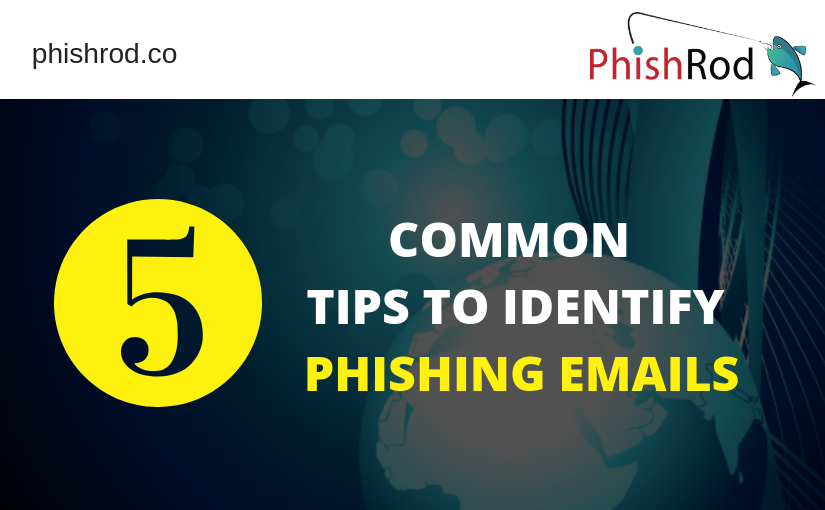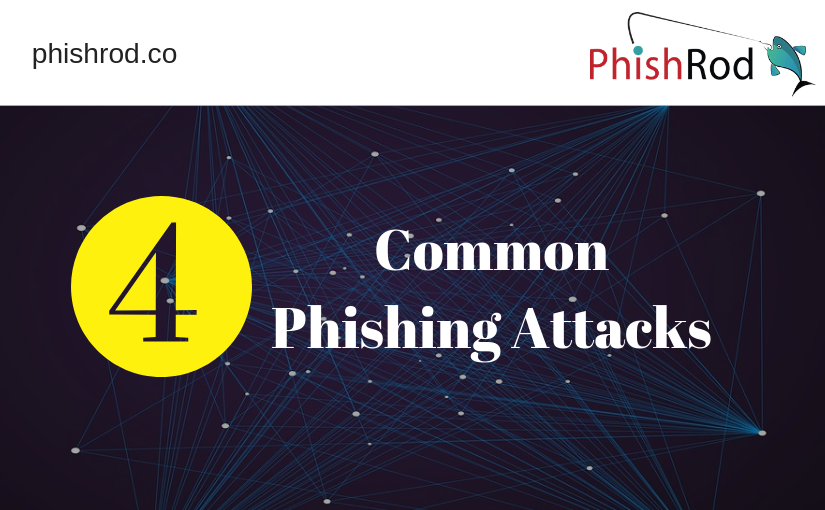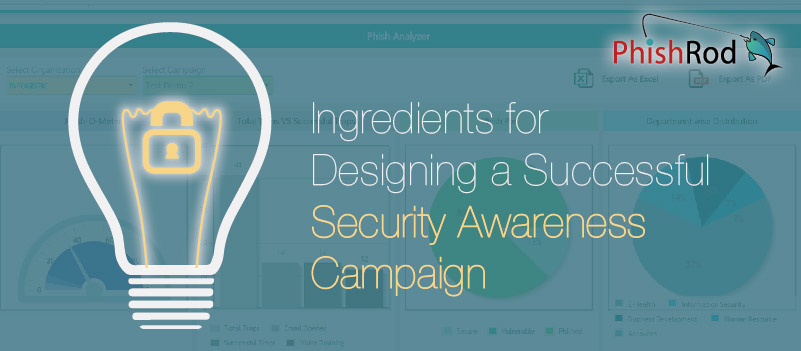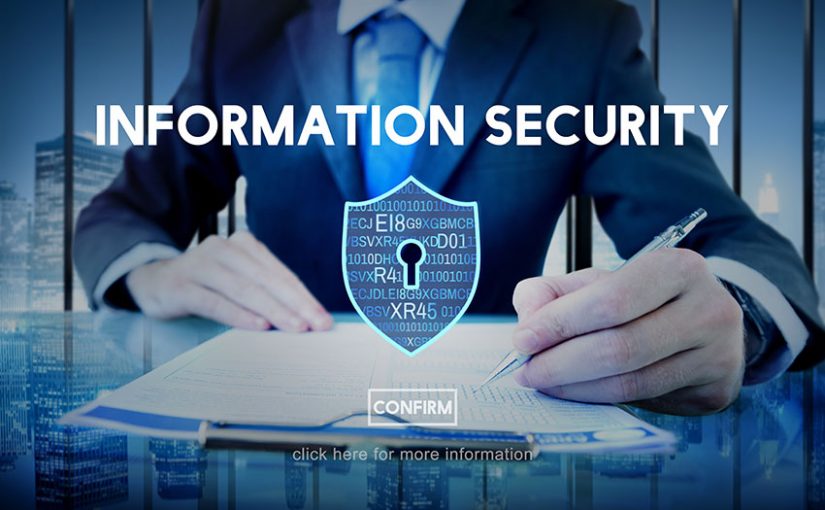Phishing is a phenomenon where hackers deliver fraudulent emails to loads of people with malicious links and attachments, in endurance that a few of them will react to them.
What’s the Goal of Phishing You Ask?
The goal is considerably scary. Here the victims are manipulated for willingly handing over their sensitive information (Ids, PIN codes, passwords, etc.) into the hands of crooks and scammers.
This fraudulent activity is carried out in various ways. In some cases, the scammers trick the email recipients into clicking on a malicious link. In other cases, they manipulate them to download attachments for dropping malware and viruses onto their systems. In any of the mentioned ways significant waves are created in the organization, bringing the corporate and personal information at high risk.
The phishers generally construct some legitimate-looking emails that are disguised as authentic ones from valid sources. The Scammers either use the names of general sites with which people do business with (Amazon, DHL, etc.), or they use your bank’s name, etc.
Behold some standard ploys which the cybercriminals use in general.
1. The Friend Tactic
If an anonymous character claims to know you in an unexpected email, tries to be extra friendly with you, Don’t Panic!
You are absolutely not suffering from amnesia.
It’s just another way to trick you into sending him/her money. You may also receive an email from a known friend’s Id. The email might say that your friend is in trouble and is in urgent need of money. What you need to do is, before sending money verify by making a call to your friend. It may be the case that your friend’s email Id is hacked or compromised.
2. The Billing Issue
These days a lot of us order stuff online, and to our luck the hackers have managed to invade this field as well. In this scenario it is possible that you may receive an email from your bank’s name that your online payment got declined. The email might contain a link that can lead you to a malicious landing page and you end up handling over your PINs and passwords without a blink of an eye.
To be on the secure side do verify the authenticity of the email before providing the sensitive information. For this, you can make a call to your banking officer.
3. The Expiration Phenomenon
You might receive an email that your credit card is about to expire and you need to update your credentials for renewal. For that you are invited to click onto a malicious link which takes you to a spoofed site, and the rest is all that you know.
4. The Virus Game
A panic is created by informing you that your machine is infected with a dangerous virus. To get over this situation you are invited to download an antivirus software from the received email. Such emails are usually attachment based and end up dropping viruses onto your systems or hacking them completely.
5. The Tax Game
We know that everyone is liable to pay taxes, that’s why this tactic is considered a famous phishing attempt. The email may be regarding the tax refund and may ask you for your account details.
Conclusion:
Discussed are the common hacks that phishers use in routine. To train yourself for recognizing such emails, better use a sophisticated cybersecurity awareness software, like PhishRod.
Better Stay Vigilant and Alert.







